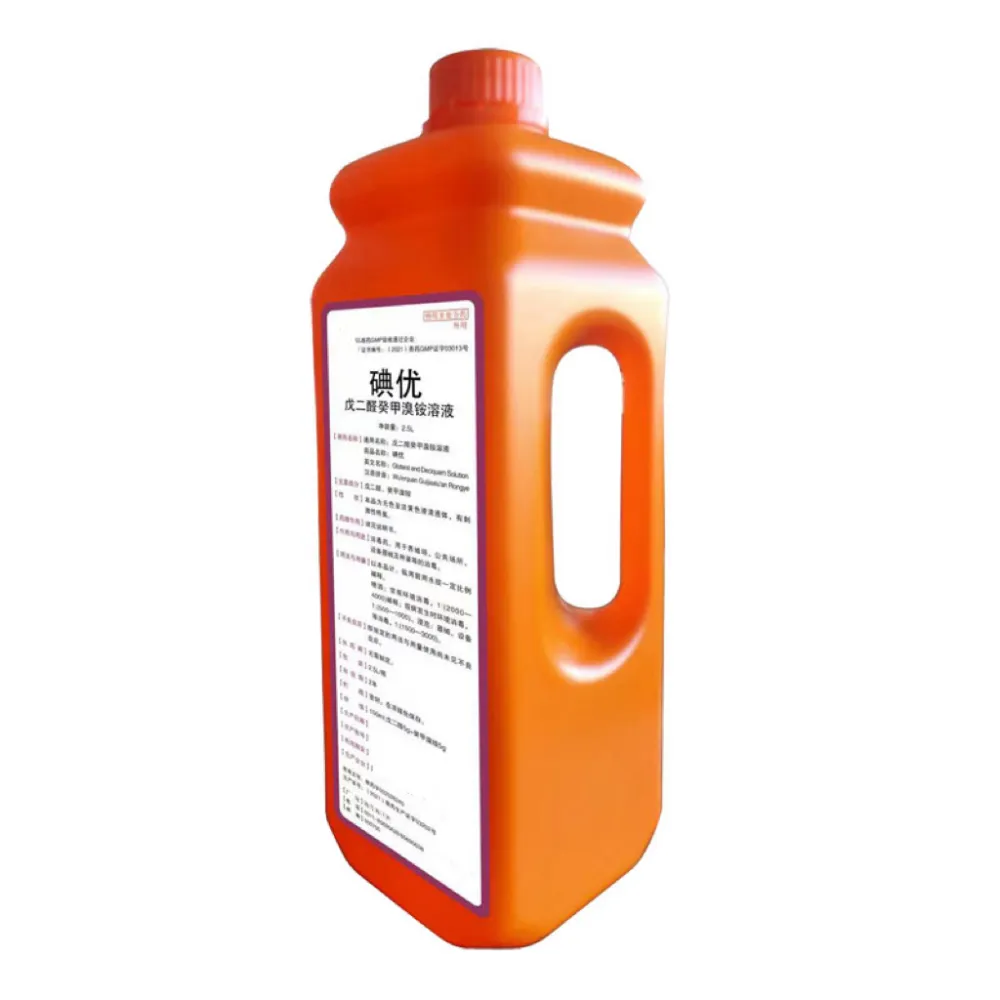- Afrikaans
- Albanian
- Amharic
- Arabic
- Armenian
- Azerbaijani
- Basque
- Belarusian
- Bengali
- Bosnian
- Bulgarian
- Catalan
- Cebuano
- Corsican
- Croatian
- Czech
- Danish
- Dutch
- English
- Esperanto
- Estonian
- Finnish
- French
- Frisian
- Galician
- Georgian
- German
- Greek
- Gujarati
- Haitian Creole
- hausa
- hawaiian
- Hebrew
- Hindi
- Miao
- Hungarian
- Icelandic
- igbo
- Indonesian
- irish
- Italian
- Japanese
- Javanese
- Kannada
- kazakh
- Khmer
- Rwandese
- Korean
- Kurdish
- Kyrgyz
- Lao
- Latin
- Latvian
- Lithuanian
- Luxembourgish
- Macedonian
- Malgashi
- Malay
- Malayalam
- Maltese
- Maori
- Marathi
- Mongolian
- Myanmar
- Nepali
- Norwegian
- Norwegian
- Occitan
- Pashto
- Persian
- Polish
- Portuguese
- Punjabi
- Romanian
- Russian
- Samoan
- Scottish Gaelic
- Serbian
- Sesotho
- Shona
- Sindhi
- Sinhala
- Slovak
- Slovenian
- Somali
- Spanish
- Sundanese
- Swahili
- Swedish
- Tagalog
- Tajik
- Tamil
- Tatar
- Telugu
- Thai
- Turkish
- Turkmen
- Ukrainian
- Urdu
- Uighur
- Uzbek
- Vietnamese
- Welsh
- Bantu
- Yiddish
- Yoruba
- Zulu
Гру . 26, 2024 05:13 Back to list
Amoxicillin Injection Use in Veterinary Medicine for Animal Health and Treatment
Amoxicillin Injection for Animals An Overview
Amoxicillin is a widely recognized and commonly used antibiotic belonging to the penicillin group, renowned for its effectiveness against a variety of bacterial infections. While its utilization in humans is well-documented, amoxicillin also plays a vital role in veterinary medicine, particularly in the treatment of infections in animals. This article explores the usage, benefits, precautions, and best practices associated with amoxicillin injection for animals.
Usage of Amoxicillin in Veterinary Medicine
Amoxicillin is effective against a wide spectrum of gram-positive and some gram-negative bacteria, making it a suitable choice for treating various infections in animals. Common applications include treating respiratory infections, urinary tract infections, skin infections, and gastrointestinal infections in pets like dogs and cats, as well as in livestock such as cattle, pigs, and poultry. Veterinarians often prefer amoxicillin due to its broad-spectrum efficacy and relatively low toxicity in properly dosed animals.
The injection form of amoxicillin is particularly advantageous for animals that are unable or unwilling to take oral medications. It ensures that the antibiotic is quickly and efficiently administered into the bloodstream, providing rapid relief from infection. The injectable form comes in various concentrations and is typically administered subcutaneously (under the skin) or intramuscularly (into the muscle), depending on the specific condition being treated and the animal's size.
Benefits of Amoxicillin Injection
The primary benefit of using amoxicillin for animals lies in its ability to effectively combat infections, thereby alleviating animal suffering due to illness. Timely treatment can prevent the progression of infections, which might otherwise lead to serious health complications or even death. Additionally, its convenience as an injectable medication means that stressed or uncooperative animals can receive necessary treatment without the challenges that oral administration might pose.
Moreover, amoxicillin has a relatively long half-life, allowing for less frequent dosing compared to some other antibiotics. This can be particularly advantageous in a veterinary setting, where the stress of administration can be a concern for both the practitioner and the animal.
Precautions and Considerations
amoxicillin injection for animals

While amoxicillin is generally safe for use in animals, there are important precautions to consider. Veterinarians must perform a thorough examination and assessment before prescribing amoxicillin. It is crucial to determine if the infection is bacterial in nature since antibiotics are ineffective against viral infections.
An important aspect of using amoxicillin is monitoring for potential allergic reactions. Some animals may have hypersensitivity to penicillin-based antibiotics, leading to adverse reactions such as hives, swelling, or difficulty breathing. In such cases, veterinary intervention is required immediately.
Another consideration is the emerging issue of antibiotic resistance. Careful adherence to prescribed dosages and treatment duration is essential in mitigating this concern. Owners must ensure that their pets complete the full course of antibiotics as directed by their veterinarian, even if symptoms improve before the medication is finished.
Best Practices for Administration
When administering amoxicillin injections, veterinarians emphasize the importance of proper technique to minimize discomfort and ensure effectiveness. The injection site should be cleaned thoroughly, and practitioners should use appropriate syringes and needles. It is also essential to keep an accurate record of the dosage and timing of injections to monitor the animal's response to treatment.
Pet owners should closely observe their animals for any side effects or changes in behavior post-injection. If unusual symptoms arise, such as gastrointestinal upset or signs of an allergic reaction, they should contact their veterinarian promptly for guidance.
Conclusion
Amoxicillin injection serves as a critical tool in veterinary medicine, aiding in the treatment of various infections in animals. When used responsibly, it can lead to significant improvements in animal health. However, like all medications, it must be administered with care and under professional guidance to ensure both safety and efficacy. By understanding its uses, benefits, and precautions, pet owners and veterinarians can work together to promote healthier outcomes for animals in need of medical attention.
-
Guide to Oxytetracycline Injection
NewsMar.27,2025
-
Guide to Colistin Sulphate
NewsMar.27,2025
-
Gentamicin Sulfate: Uses, Price, And Key Information
NewsMar.27,2025
-
Enrofloxacin Injection: Uses, Price, And Supplier Information
NewsMar.27,2025
-
Dexamethasone Sodium Phosphate Injection: Uses, Price, And Key Information
NewsMar.27,2025
-
Albendazole Tablet: Uses, Dosage, Cost, And Key Information
NewsMar.27,2025













